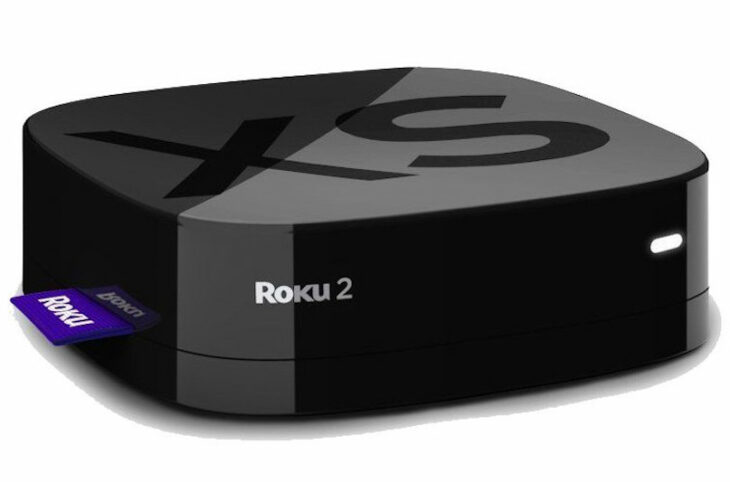Podcast: Play in new window | Embed
Tom asked: “Looking to find out the differences between Amazon Fire, Google Chrome, Apple TV and Roku.”
Assuming you mean Chromecast and not Chrome, since that’s a different Google product altogether,they’re all different types of video streaming devices.
The first way in which they differ is that other than Roku they all push their own services, Amazon, Google, and Apple all sell and rent movies and they’d really like it if you’d buy from them.
Fire TV, Apple TV, and Roku are standalone devices, Chromecast is not. Chromecast will require you to use a smartphone, tablet, or computer to cast content to it. It’s just the middleman between your TV and your other devices.
Apple TV, Roku and Fire TV all have a lot of channels from a lot of streaming sources that can be installed onto each of the platforms. Think every cable channel that streams, online movie services you didn’t know existed, and Netflix and HBO Go/NOW which are probably the only ones you care about and the only ones you’ll regularly use, if you’re like most people.
Those three also offer games, nothing that will make PlayStation and Xbox shake in fear, just smartphone type games.
Chromecast is probably sounding like the loser here, but it’s not…
Chromecast is probably sounding like the loser here, but it’s not… it’s cheap it costs $35 from Google, you can easily find it for $30, and odds are you already have a smartphone capable of running the apps that you’d be using to stream media to the device, and your smartphone makes for a pretty decent remote.
Apple TV costs $150 for the new version, and Fire TV $99, they both have cheaper alternatives, Apple TV 3 costs $69, the Fire TV Stick costs $40. The high end version of both offer remotes with microphones built-in for easier searching, Apple’s version of voice search is much more refined and it will allow you to look for shows on several apps at once, and refine searches as you go. You could ask for movies about vampires, and then ask for just the ones directed by Tarantino. It also features a sort of Siri-lite that does let you check sports scores and stats, and things like the weather, saving you from the horrors of having to turn your head and look out the window to see if it’s raining.
Rokus start at $50 for their streaming stick, their highest end device costs $130. The highest end Fire TV and Roku support 4K, don’t worry too much about that at this stage. Right now most of what you’ll see in 4K are blades of grass gently swaying in the wind and slow motion shots of flowers in a field or waves in the ocean.
4K has gotten a warmer reception than 3D, but people don’t seem to care all that much, it’s nicer than 1080p, but not that big a jump in quality when compared to going from standard def to HD, so it’s been slow to catch on. The catalog of shows and movies in 4K will slowly continue to grow, but most of the content you’ll see on any streaming box is going to be 1080p anyway for a little while longer. In the short term 4K is a nice feature if you have a TV that supports it, but probably not a deal breaker for most.
It’s all about the services
Rather than looking at it from a device-centric perspective, perhaps you should consider a streaming provider-centric one. There are many different streaming services, but with these devices it comes down to three big names: Netflix, Amazon Prime, and iTunes. All the devices have Netflix, but the same isn’t true for Amazon Prime and iTunes.
Apple won’t let Amazon Prime anywhere near their Apple TV devices, and no one BUT Apple has iTunes. So if you have iDevices and you’ve been purchasing music, movies, or TV shows through iTunes, then your path is clear. Get the Apple TV.
If you are an Amazon Prime user, and still need the iTunes, then get the cheaper Apple TV and the Fire TV Stick for less money, and use both devices.
If all you want is Netflix, buy the least expensive one. If you’re an Android junkie, make that a Chromecast.
It isn’t the devices that drive the decision, it’s where you get your content from. By now, all of us are getting it from somewhere, so let that be your guide.


